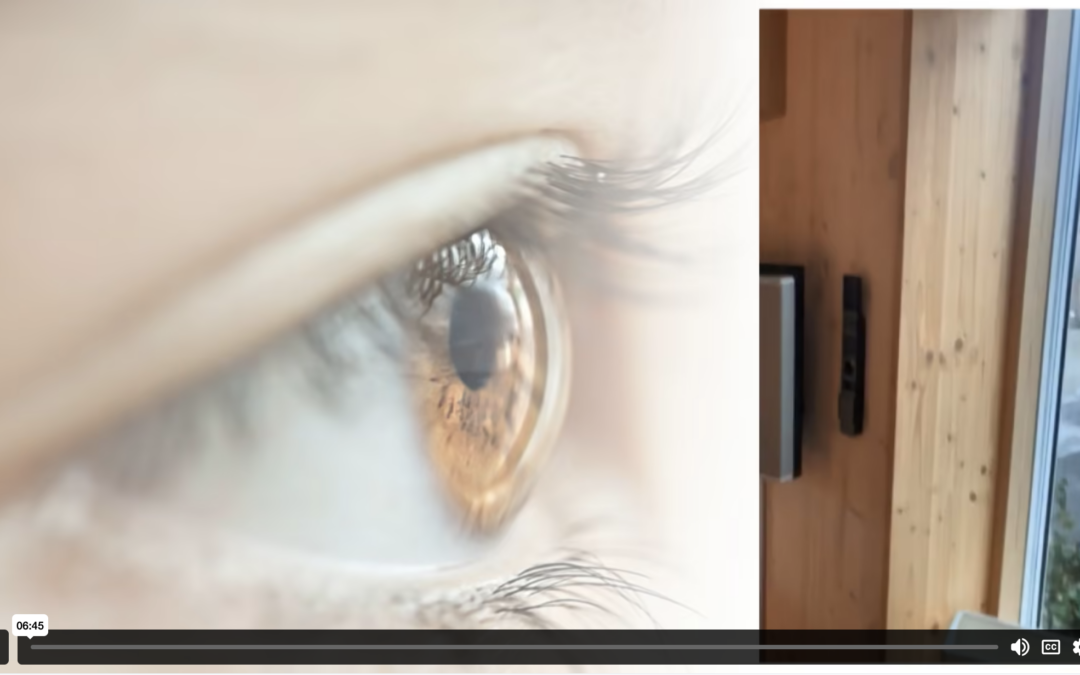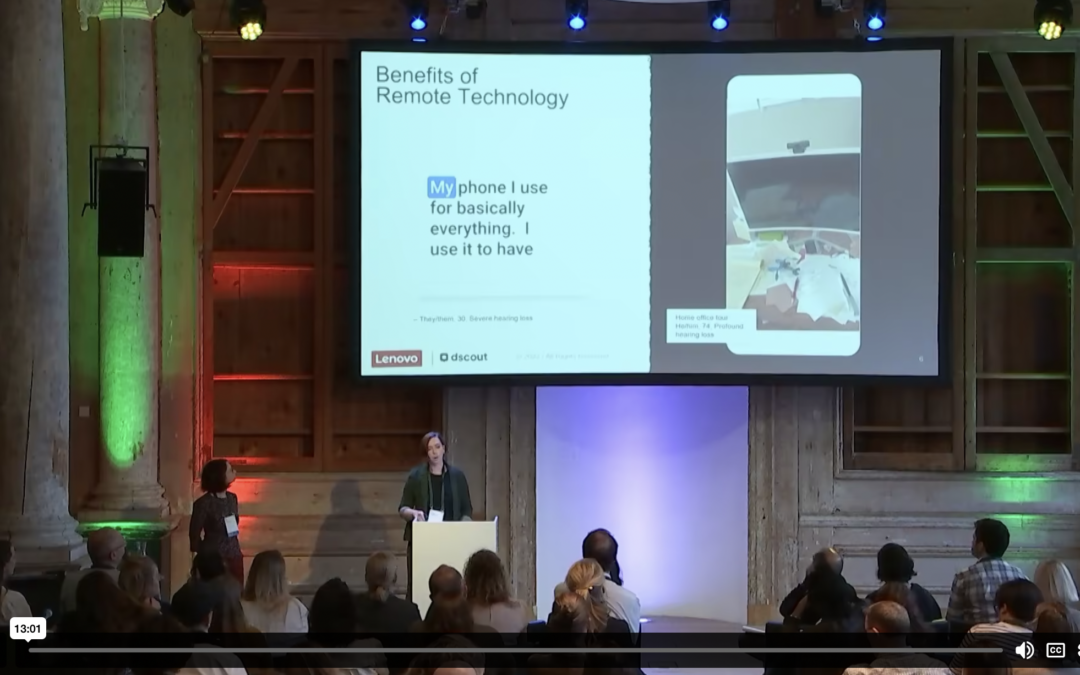
Tag: mobile research


Designing and Conducting Inclusive Research: How a Global Technology Company and an Online Research Platform Partnered to Explore the Technology Experiences of Users who are Deaf and Hard of Hearing
This case study examines how researchers at Lenovo and dscout partnered to conduct a mobile ethnographic study on the technology experiences of individuals who are d/Deaf and hard of hearing, with the goal of...
